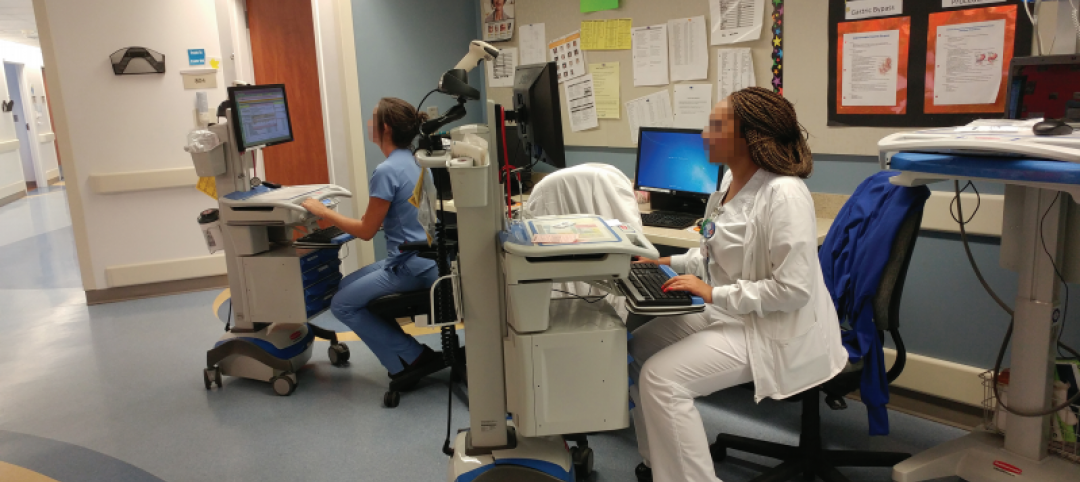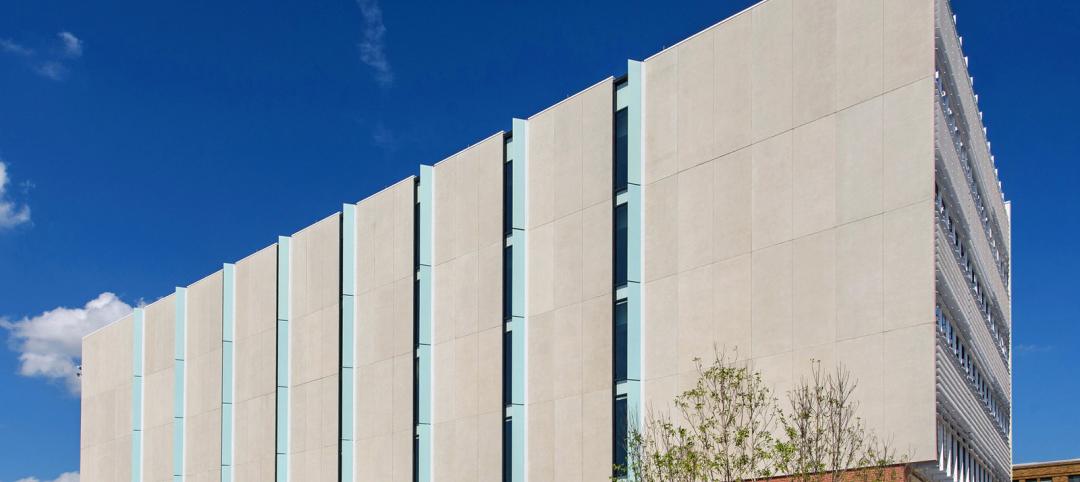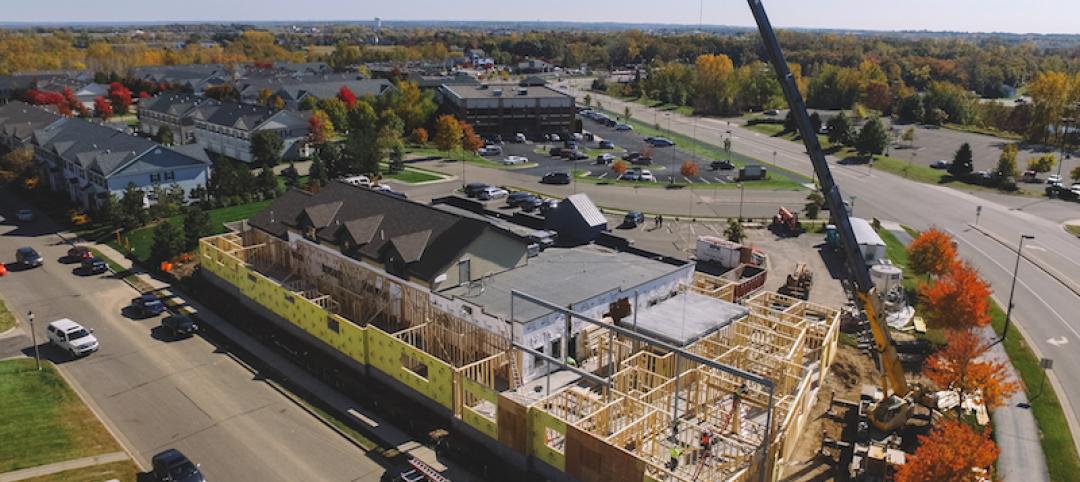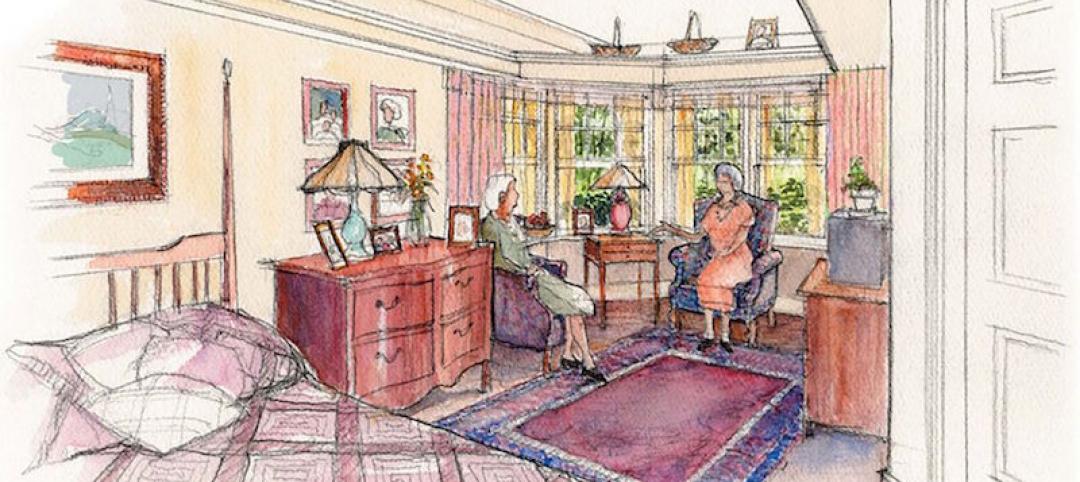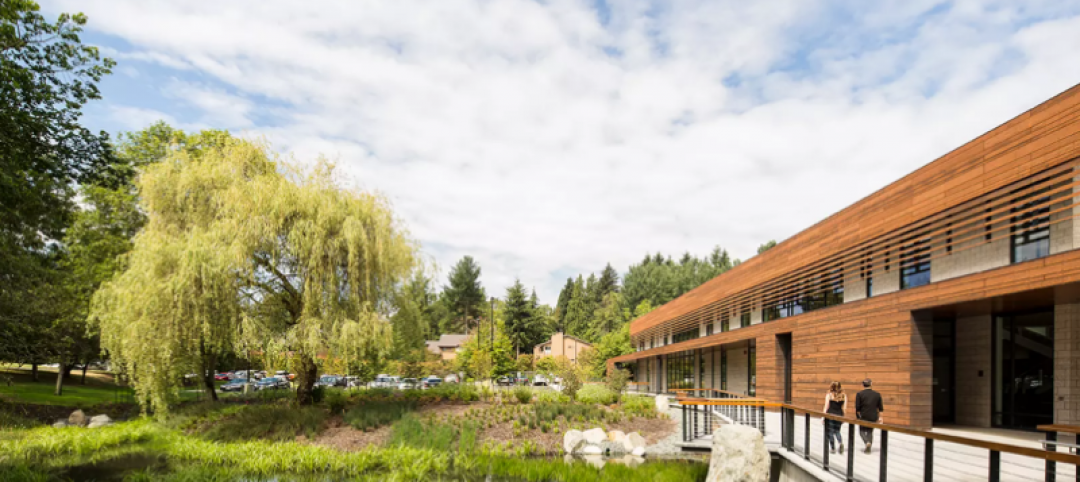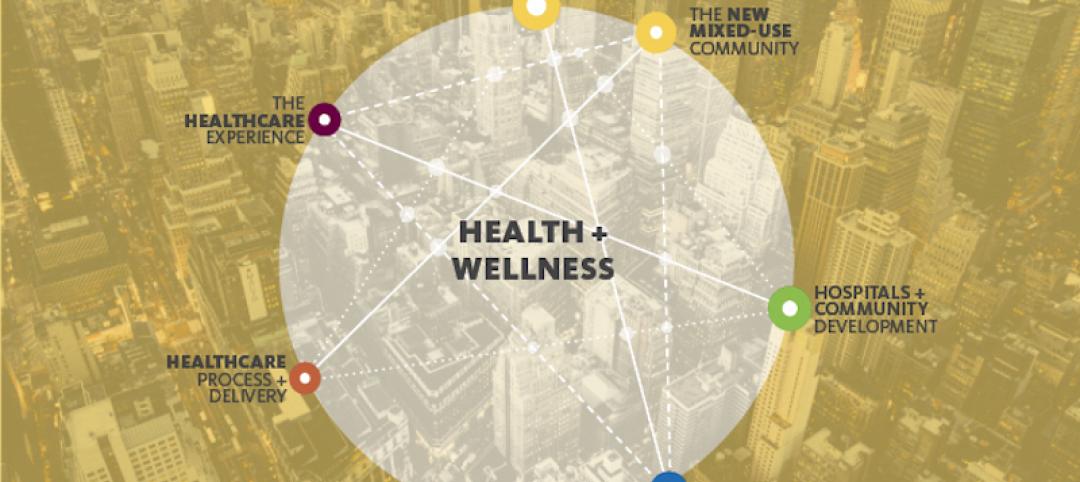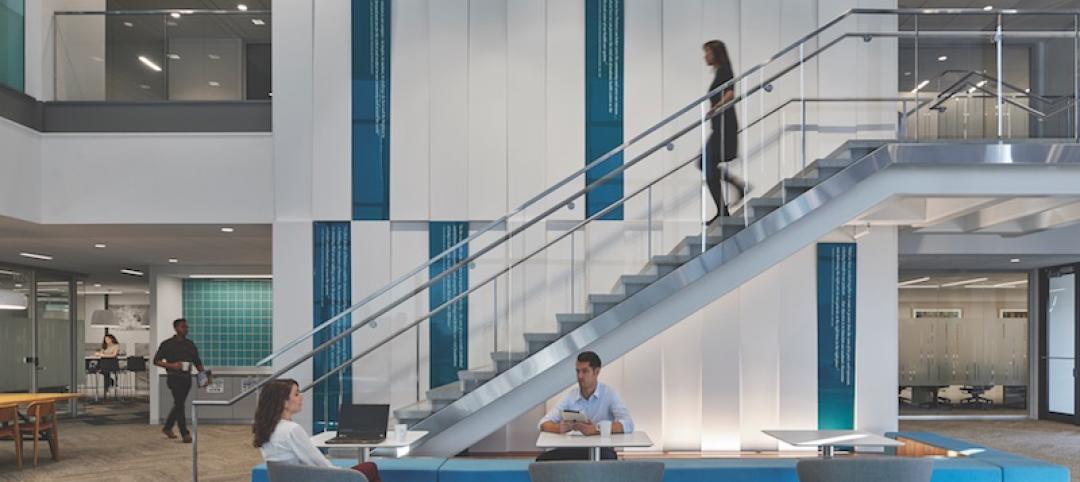Rochester, Minn., home to the famed Mayo Clinic, is about to embark on what would be the largest economic development initiative in this state’s history.
The state government, the Mayo Clinic, and private investment partners are prepared to spend $6.5 billion on a 20-year plan whose goal is to elevate Rochester into a global biotech hub. The plan is also intended to rejuvenate Rochester’s downtown, promote open transit, and reconnect the city with its waterfront.
On April 23, the Board of Directors of the Destination Medical Center Corporation formally adopted the development plan for Destination Medical Center (DMC), which would be comprised of six districts spread across 550 acres. The vertical construction would support a diverse mixed-use environment that complements Mayo’s existing facilities, which already provide care for one million patients annually.
The state government, the Mayo Clinic, and private investment partners are prepared to spend $6.5 billion on a 20-year plan whose goal is to elevate Rochester into a global biotech hub. The plan is also intended to rejuvenate Rochester’s downtown, promote open transit, and reconnect the city with its waterfront.
The six districts identified in the development plan include:
• The Heart of the City: The plan would convert the downtown area into a place of “connected urban experiences” that build off of the city’s existing walkable attributes, with enhanced areas and mixed-use buildings
• Discovery Square: Steps from Mayo Medical School, this would be the address for the expansion of science, research, tech, and entrepreneurism;
• Downtown Waterfront: This would be located where the Zumbro River and Second Street intersect. It would be a cultural and historical center, and provide live-work opportunities;
• Central Station: A nexus of transportation for the downtown area, with an intermodal transit station that is incorporated into mixed-use development;
• UMR and Recreation Area: On the south edge of downtown, this location would encompass the University of Minnesota-Rochester campus and Soldier’s Memorial Field; and
• St. Mary’s Place: A new public space in the downtown’s western corner.
Peter Cavaluzzi, FAIA, Principal and Board Member for Perkins Eastman, this project’s lead designer, thinks The Heart of the City will be the most critical component, and have the biggest impact, early on. “The first phase of every large-scale project has to be bold enough to have an impact, but at the same time be small enough that it can be achieved.”
Perkins Eastman says the initial phase will start at the city’s 1st Street and 1st Avenue, in the middle of Peace Plaza, where a grand dining terrace will span the Avenue and connect to the historic Chateau Theater.
A breakdown of Destination Medical Center shows that it would have 6.8 million sf of healthcare facilities, 1.02 million sf of biotech, 310,000 sf of offices, a 1,380-room hotel, 2,850 units of residential, 354,000 sf of educational space, and 117,000 sf of transit, which would include 22,850 new parking spaces. Fast Company reports that there is also a possibility of a rail link between Rochester and Minneapolis, 90 miles away.
Rochester officials see this project as a way for their city to get out from under the shadow cast by the Minneapolis-St. Paul metroplex. DMC could also give Mayo Clinic a leg up on other healthcase hubs like Cleveland Clinic and Johns Hopkins that are all vying for what’s known as medical “tourists,” affluent foreign patients seeking the best treatment available.
Lisa Clarke, DMC’s executive director, estimates that this development would create between 25,000 and 40,000 jobs over 20 years, plus significantly more tax revenue.
Fast Company reports that $6 billion of the project’s cost would be raised from the private sector, and state and local taxpayers would contribute $585 million. Foreign companies, many with ties with Mayo Clinic, are expected to provide much of the private funding.
The Destination Medical Center, though, is controversial. For one thing, the plan calls for the downtown area to be “winterized” with skywalks, heated sidewalks, and underground passageways. There’s nothing in the plan that stipulates construction of affordable housing (which could be a real problem if, as estimated, this urban development project causes Rochester’s population to double from its current 111,000 people). And some residents fear that local cultural structures, like the public library and downtown theater, could ultimately be destined for the wrecking ball.
Related Stories
Healthcare Facilities | Aug 2, 2017
8 healthcare design lessons from shadowing a nurse
From the surprising number of “hunting and gathering” trips to the need for quiet spaces for phone calls, interior designer Carolyn Fleetwood Blake shares her takeaways from a day shadowing a nurse.
Healthcare Facilities | Aug 2, 2017
The Patient-Centered Care Learning Center will help address the shortage of doctors in Missouri and the U.S.
The new BNIM-designed facility brings almost 100,000 sf of space for patient-centered care and classrooms.
Healthcare Facilities | Aug 1, 2017
An animal care facility expands with a human touch
New equipment and surgery suites exceed what’s found in most vet clinics.
Senior Living Design | Jul 31, 2017
How technology will change senior care
When a family member can no longer be cared for in their current home, they require specialized care that is only available in a long-term care center.
Healthcare Facilities | Jul 25, 2017
Healthcare technology: Preparing for the world of tomorrow
This article outlines the current data center landscape in the healthcare sector, industry trends, and challenges and opportunities new technologies present to the healthcare space.
Healthcare Facilities | Jul 24, 2017
AIA selects seven projects for Healthcare Design Awards
The facilities showcase the best of healthcare building design and health design-oriented research.
Accelerate Live! | Jul 6, 2017
Watch all 20 Accelerate Live! talks on demand
BD+C’s inaugural AEC innovation conference, Accelerate Live! (May 11, Chicago), featured talks on machine learning, AI, gaming in construction, maker culture, and health-generating buildings.
Healthcare Facilities | Jun 29, 2017
Uniting healthcare and community
Out of the many insights that night, everyone agreed that the healthcare industry is ripe for disruption and that communities contribute immensely to our health and wellness.
Industry Research | Jun 27, 2017
What does the client really want?
In order to deliver superior outcomes to our healthcare clients, we have to know what our clients want.
Building Team Awards | Jun 8, 2017
Quick turnaround: Partners HealthCare
Silver Award: A 2½-year project brings Partners HealthCare’s sprawling administrative functions under one roof.



